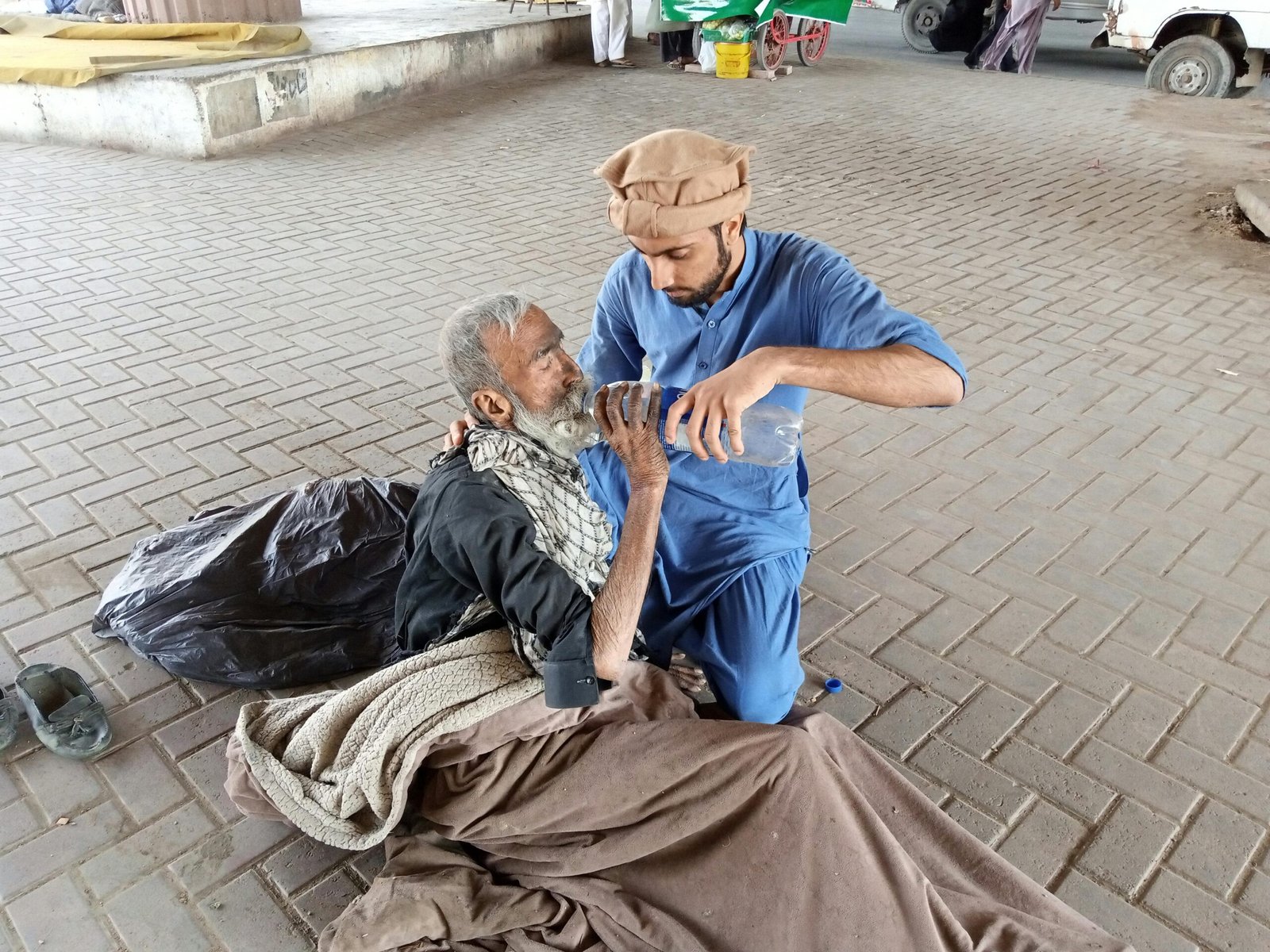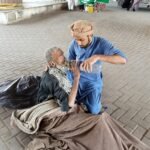- 🧍♂️ Homeless people in the US are 27 times more likely to seek emergency care for heat-related illnesses than the housed population (604 vs. 22 per 100,000 inhabitants).
- 🏥 The hospitalisation rate among homeless people treated for thermal causes is 2 times higher than among other patients.
- 🌡️ In 2024, Maricopa County (Arizona) recorded 600 heat-related deaths - half of the victims were homeless people.
- 🔥 The city of Phoenix had 70 days with temperatures above 43.3 °C, an all-time record.
- 📊 Between May and September 2021 and 2022, almost 60,000 people were treated in the US for heat-related illnesses.
- 📍 Most of the emergency care for homeless people took place in the West (50.8%) and South (31.5%) of the USA.
- 💀 A previous study showed that between 2015 and 2022, almost half of the deaths of homeless people in the Las Vegas area were caused by heat; in Los Angeles, this figure reached 5%.
A study published on Monday (9/6) by researchers from Harvard Medical School in the journal JAMA Internal Medicine revealed that the rate of emergency care for heat-related illness among homeless people was 27 times higher than among the general population of the United States.
"This difference was much greater than I had imagined, even with some clinical experience," he said. "That really impressed me," said Taylor Weckstein, first author of the article, in an interview with the Washington Post.
Research reveals the disproportionate impact of climate change on vulnerable groups in the US, and warns of the need for policies that protect those most at risk.
With global warming, largely caused by the use of fossil fuels, the homeless population is facing increasing risks.
Take the case of Maricopa County in Arizona. In 2024, half of all heat-related deaths (300) had a homeless person as the victim, according to a report by the local Health Department. That year, temperatures in Phoenix exceeded 43.3°C on 70 days throughout the year.
To carry out the study published in JAMA Internal Medicine, Weckstein and his colleagues analysed data from emergency room visits between May and September 2021 and 2022, throughout the United States. Around 60,000 people were treated for heat-related illnesses during this period. The rate of care among homeless people was 604 per 100,000 inhabitants, compared to 22 per 100,000 among the resident population.
Weckstein notes that the homeless people who were assisted were also twice as likely to be hospitalised as other people.
This is not the first time that a study has revealed the marked vulnerability of the homeless population to extreme heat. A 2024 study had already examined the influence of temperatures on mortality rates among homeless people in the counties surrounding Los Angeles and Las Vegas between 2015 and 2022. It concluded that almost half of the deaths among homeless people in Las Vegas during this period were attributed to the heat, while in Los Angeles this figure was around 5% . These figures represent "orders of magnitude higher" than in the general population, according to the research.
Jonathan Jay, associate professor at Boston University's School of Public Health, who was not part of the research team for the new study, emphasised that emergency care is "just the tip of the iceberg of the effects of heat on the health of the homeless".
According to him, the heat "increases the risk of death from common causes, such as drug overdoses and heart attacks".
For Weckstein, more affordable housing, better access to shelters and cooling centres are needed.
Source: This group is the most vulnerable to heat-related illnesses by far / The Washington Post
Photo by Sarwer and Kainat Welfare









